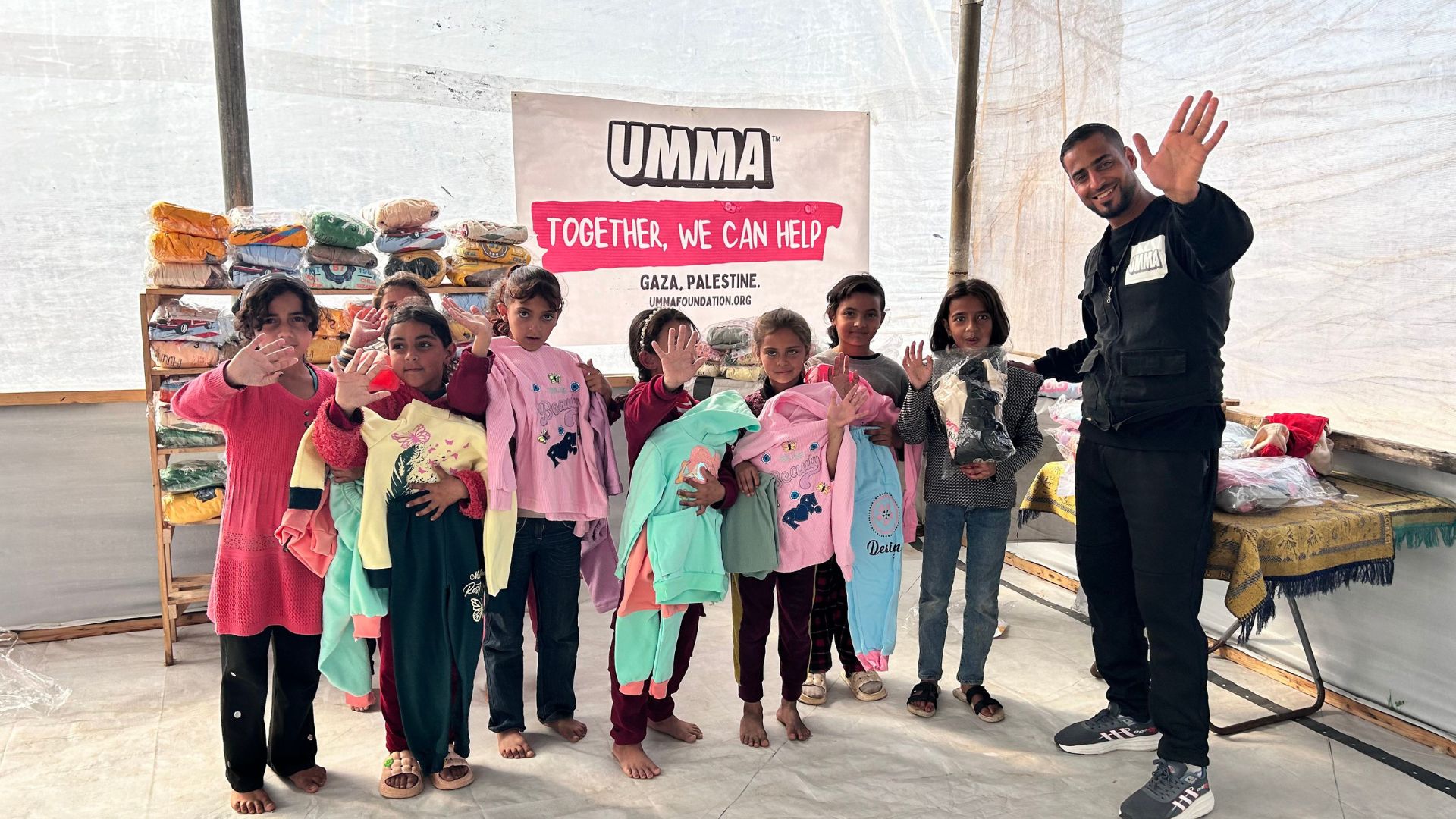In a world where crises are frequent and resources scarce, community aid — powered by local NGOs and grassroots leadership — is no longer optional. It’s essential. This article explores how community-led humanitarian models outperform top-down approaches in conflict zones, backed by data, case studies, and actionable lessons for Umma Foundation.
What is Community Aid & Why Localization Matters
Community aid refers to relief and development initiatives conceived, led, and delivered by people within affected communities themselves. In contrast to traditional international models, it emphasizes agency, trust, sustainability, and cultural appropriateness.
Localization, a key concept that supports community aid, means shifting power, resources, and decision-making to local actors in crisis-affected regions.
- The Grand Bargain agreement committed donors and agencies to channel 25% of humanitarian funding directly to local responders (UNOCHA).
- Yet, progress has been slow. Research finds that many humanitarian systems still favor international agencies, limiting support to grassroots actors (ODI HPN).
- The IFRC emphasizes that local NGOs, embedded in communities, are often the only ones who can remain active when conflict escalates (IFRC).
👉 For Umma Foundation, which partners with local leaders in Gaza, Sudan, and Yemen, localization is not just a theory — it’s central to how we deliver impact through Campaigns.
The Stakes: The Global Humanitarian Landscape in 2024–2025
- 473 million children — more than one in six globally — live in conflict zones today (UNICEF).
- Conflict drives 80% of all humanitarian needs worldwide (UNICEF).
- Global humanitarian needs in 2024 were estimated at $48.7 billion mid-year (UNOCHA Global Humanitarian Overview).
- The world is experiencing 61 active conflicts across 36 countries — the most since 1946 (PRIO Conflict Trends).
These numbers highlight why empowering local NGOs and grassroots aid systems is more urgent than ever.
Pillars of Community Aid: Local NGOs, Grassroots Action & Leadership
Local NGOs: The Engine of Community Aid
Local NGOs are the first responders in most conflicts. They:
- Know who is most vulnerable (orphans, widows, displaced families).
- Provide continuity when international agencies withdraw.
- Operate with lower overhead than global organizations.
- Build trust and accountability in the community.
👉 Example: In Gaza, Umma Foundation’s Bread Distribution Program ensures families receive daily sustenance, led by trusted local partners.
Grassroots Aid: From Kitchens to Emergency Response Rooms
Grassroots initiatives bridge aid gaps where international actors cannot reach.
- In Sudan, volunteer-run Emergency Response Rooms (ERRs) coordinate food distribution, medical referrals, and water access — supporting millions despite limited resources.
- Grassroots aid is often the fastest, most cost-effective, and most trusted form of support in war zones.
NGO Leadership: The Strategic Anchor
Strong NGO leadership ensures local responses don’t fragment. Key qualities include:
- Adaptive planning for shifting conflict dynamics.
- Accountability through transparent budgeting and reporting.
- Collaboration with INGOs and donors, while preserving local control.
- Capacity building of volunteers and staff for long-term resilience.
👉 Umma Foundation invests in NGO leadership development to build sustainable models of relief — tying short-term survival to long-term dignity through projects like Umma Farm.
Case Studies: Community Aid in Action
- Sudan Bread Distribution: Grassroots-led bakeries maintain food security in displacement camps.
- Umma Farm (Ramadan Campaign): Agriculture generates lasting funding for hunger relief, healthcare, water, and education.
- Orphan Support in Gaza: Local partners provide food, trauma kits, and schooling for children who lost everything. See Orphan Support.
Challenges Facing Community Aid
- Funding gaps: Local actors receive a fraction of humanitarian funds (UNOCHA).
- Security risks: Local aid workers face higher exposure to violence than international staff (ODI Report).
- Visibility: Grassroots initiatives rarely make headlines, limiting donor awareness.
How Donors Can Strengthen Community Aid
Supporting community aid means moving beyond emergency relief to sustained resilience.
Ways to help:
- Monthly Giving: Regular donations ensure consistent support → Give Monthly.
- Capacity Building: Invest in leadership training and systems for local NGOs.
- Transparency: Support NGOs with clear accountability systems → Transparency in Action.
- Advocacy: Share stories of grassroots aid to amplify their impact.
Conclusion: Building the Future Through Community Aid
In 2025, the humanitarian sector is shifting. Community aid, local NGOs, grassroots initiatives, and strong NGO leadership are proving to be the most sustainable way to protect vulnerable communities.
By supporting these systems, we move from temporary aid drops to lasting resilience. As crises escalate, the most powerful solutions will not come from the outside — but from within the community itself.
👉 Join Umma Foundation’s campaigns today and stand with local leaders transforming aid from the ground up.





.jpg)





